Industrial design is pretty unique as far as design styles go. Rather than being something that has grown from hundreds of years of cultural influences, it is instead a fairly recent development born of socio-economic changes that have taken place over the past few decades. It is also one of the only design styles that were directly inspired by the workplaces of the past. In a sense, the industrial style was born of necessity, but it flourished to become one of the most iconic styles of contemporary interior design.
Some may not like its stark greyness and its harsh features, but the industrial style has many compelling qualities that can appeal to nearly any demographic. It’s safe to say that it’s a very versatile interior design style that can be adapted to almost any house regardless of where it is in the world. Contrary to what you might think, “industrial” doesn’t have to mean cold and uninviting. Indeed, an industrial-style interior can be made quite inviting for guests and residents alike.
Roots of Industrial Design
There was once a time when all of Western Europe was dotted with all sorts of factories of
All the Factories
These hulking structures of steel, glass, and bare concrete were veritable hives of activity, filled with thousands of workers, machines of all kinds, and lots of noise. But by the latter half of the 20th century, many of these factories had gone. These factories either moved to modern automated facilities or relocated to cheaper labor markets in Asia, leaving scores of industrial warehouses and facilities abandoned throughout Europe.
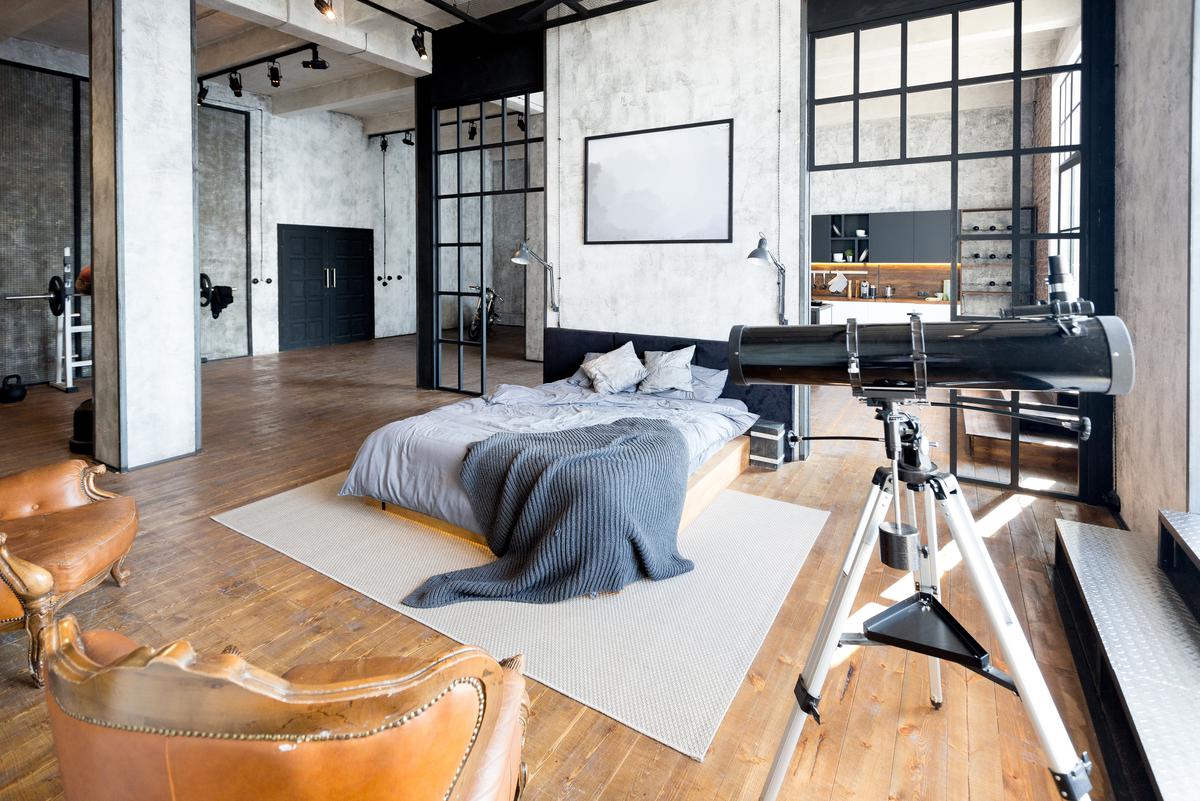
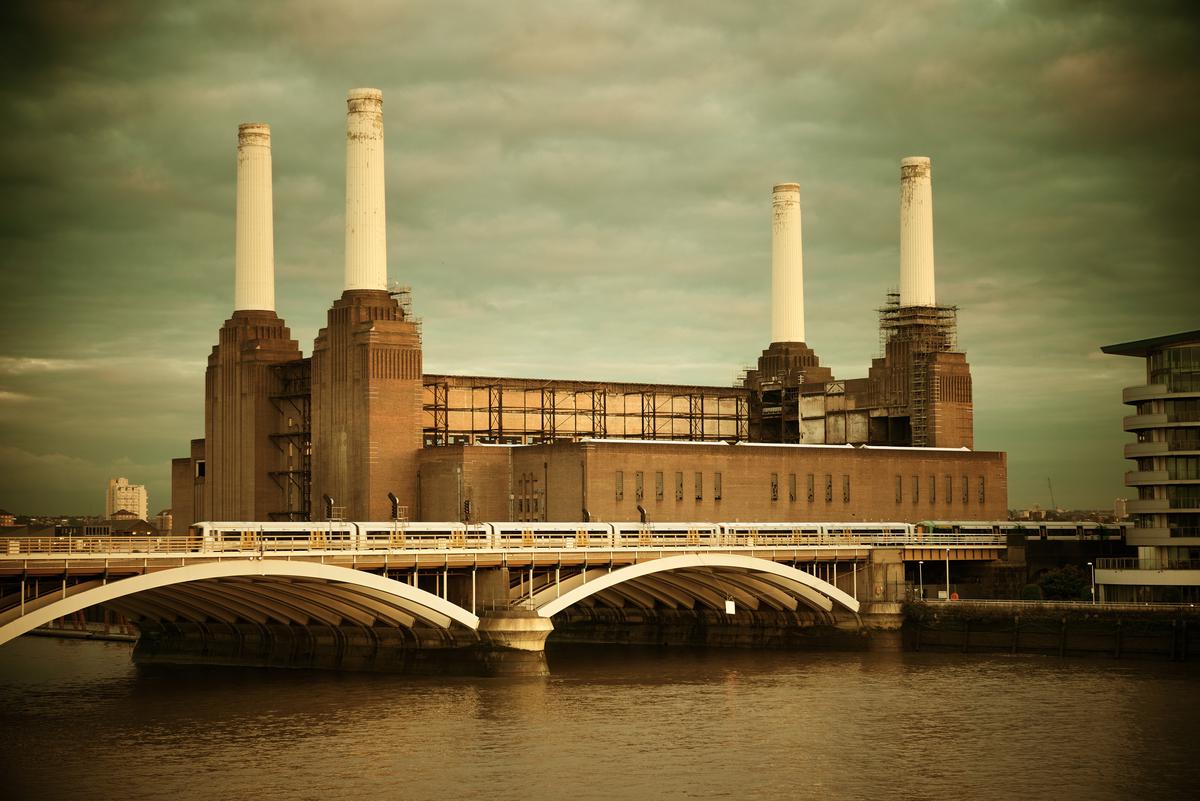

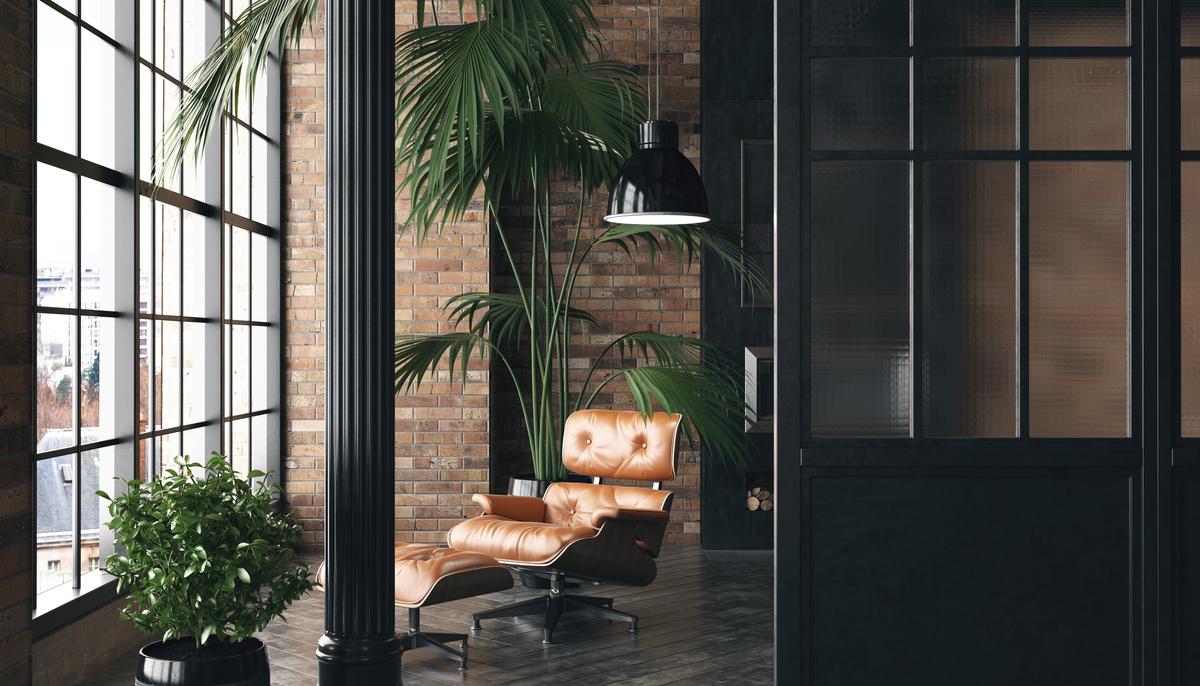
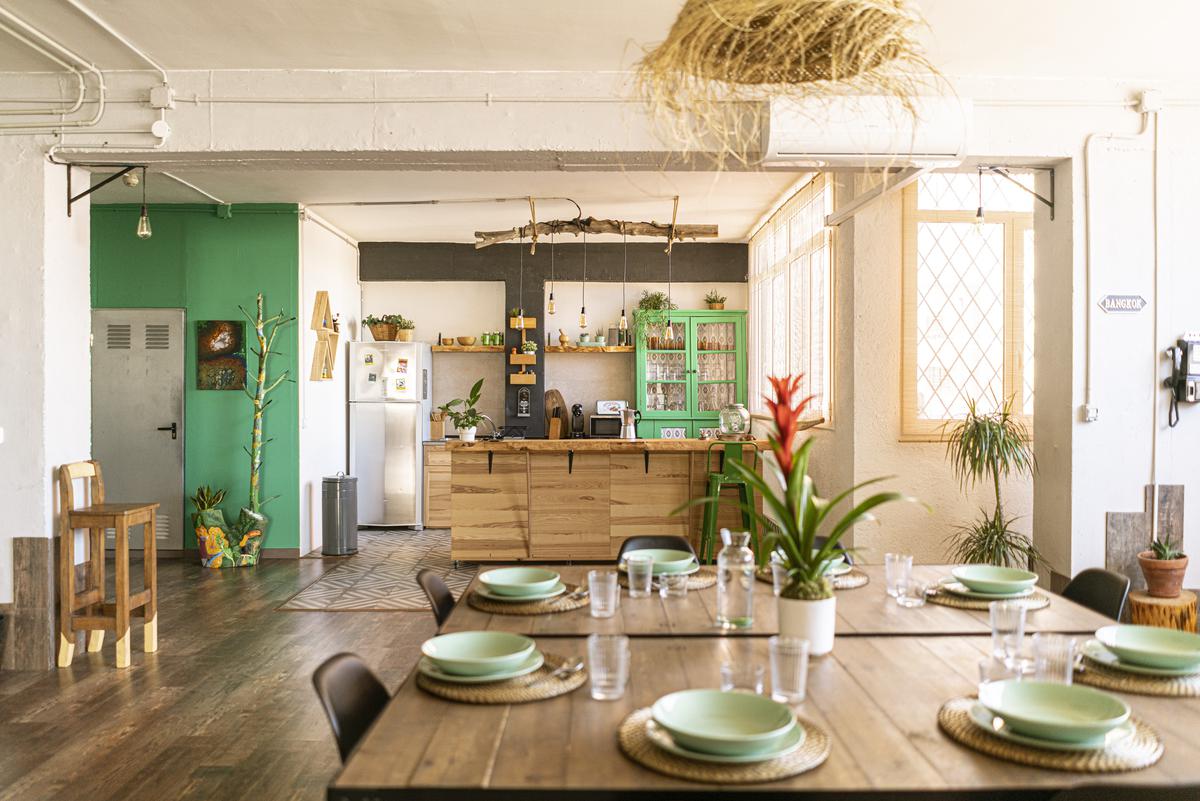
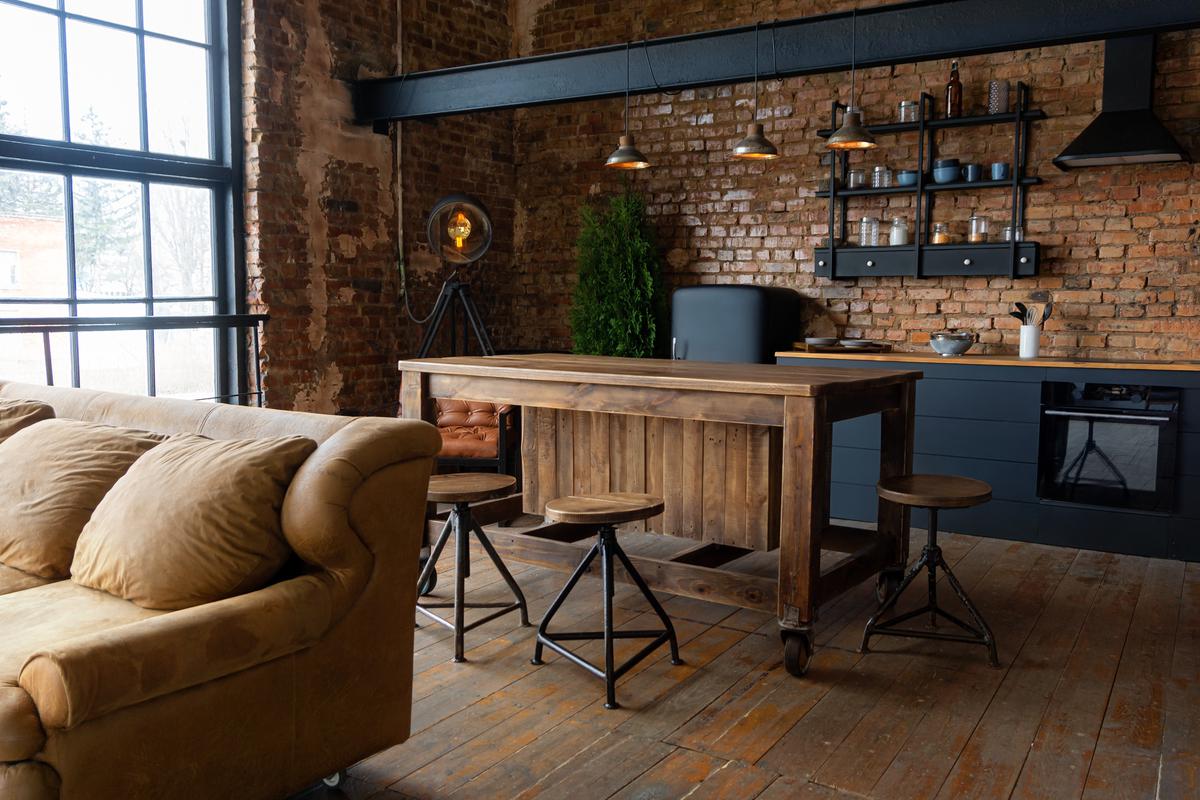

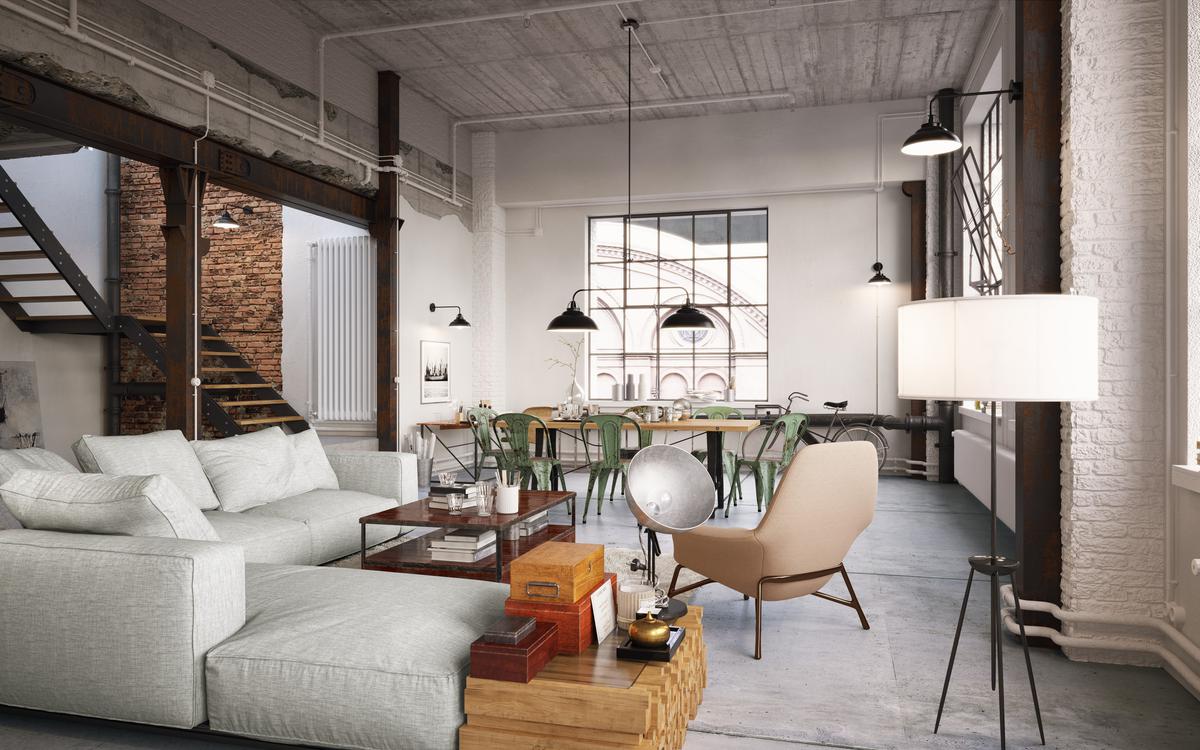
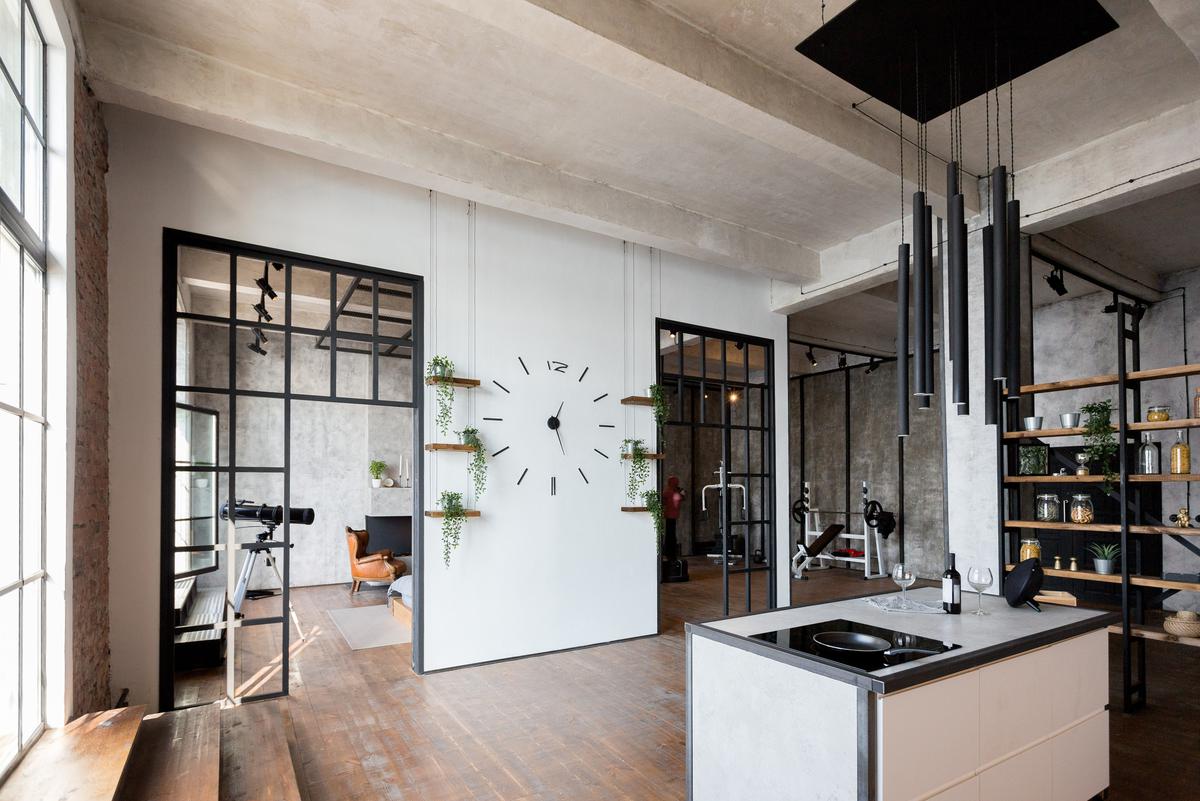
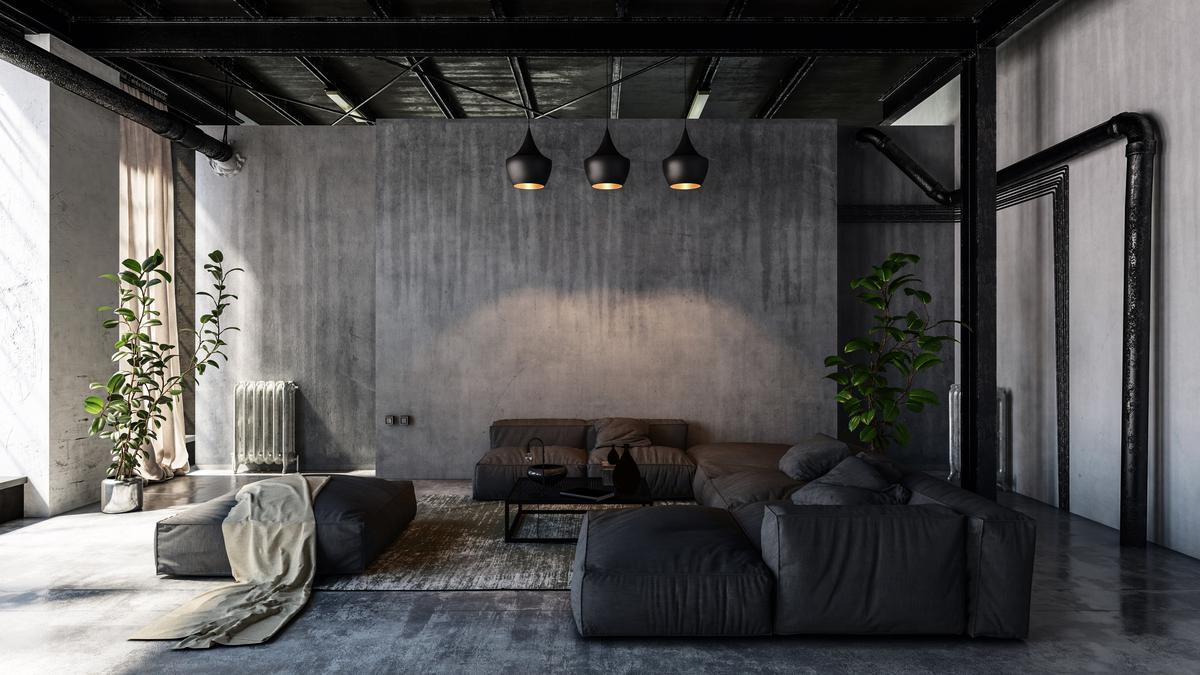




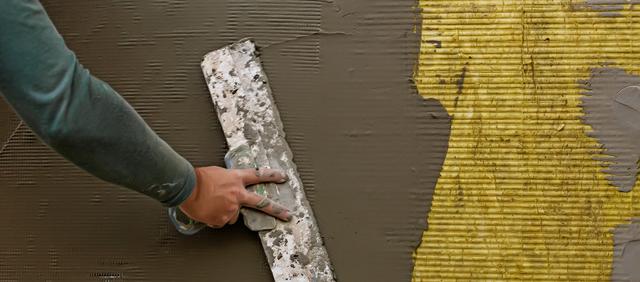
comments